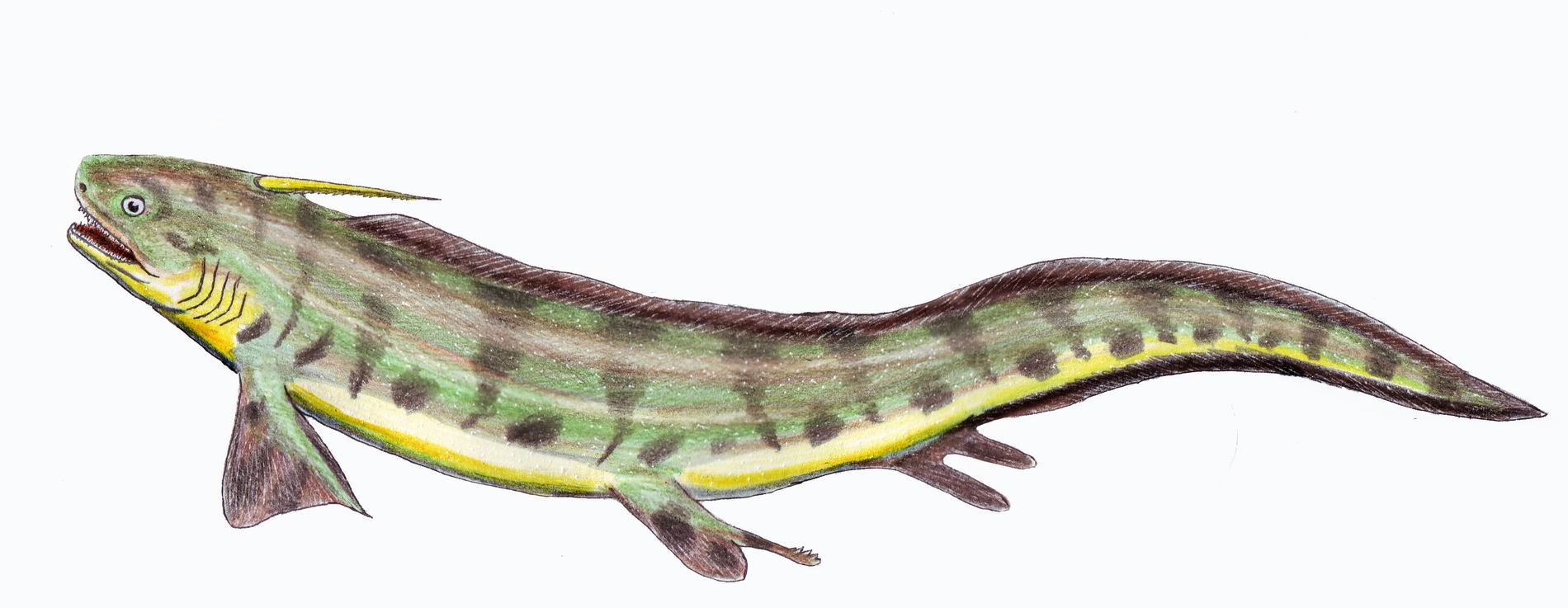Triodus on:
[Wikipedia]
[Google]
[Amazon]
 ''Triodus'' is an extinct
''Triodus'' is an extinct
at
 ''Triodus'' is an extinct
''Triodus'' is an extinct genus
Genus ( plural genera ) is a taxonomic rank used in the biological classification of extant taxon, living and fossil organisms as well as Virus classification#ICTV classification, viruses. In the hierarchy of biological classification, genus com ...
of xenacanthida
Xenacanthida (or Xenacanthiforms) is a super-order of extinct shark-like elasmobranchs that appeared during the Lower Carboniferous period. The order includes the families Xenacanthidae, Sphenacanthidae, Diplodoselachidae, and Orthacanthidae. Th ...
n shark
Sharks are a group of elasmobranch fish characterized by a cartilaginous skeleton, five to seven gill slits on the sides of the head, and pectoral fins that are not fused to the head. Modern sharks are classified within the clade Selachimo ...
that lived from the Carboniferous
The Carboniferous ( ) is a geologic period and system of the Paleozoic that spans 60 million years from the end of the Devonian Period million years ago ( Mya), to the beginning of the Permian Period, million years ago. The name ''Carbonifero ...
to the Triassic
The Triassic ( ) is a geologic period and system which spans 50.6 million years from the end of the Permian Period 251.902 million years ago ( Mya), to the beginning of the Jurassic Period 201.36 Mya. The Triassic is the first and shortest period ...
. It was a freshwater shark, and fossils have been found in the Chinle Formation
The Chinle Formation is an Upper Triassic continental geological formation of fluvial, lacustrine, and palustrine to eolian deposits spread across the U.S. states of Nevada, Utah, northern Arizona, western New Mexico, and western Colorado. In Ne ...
and Black Prince Limestone of Arizona, the Petrified Forest Member
The Petrified Forest Member is a stratigraphic unit of the Chinle Formation in Arizona, Colorado, New Mexico, Nevada, and Utah. It preserves fossils dating back to the Triassic period.
Subunits
Beds (are in alphabetical order, asterisks (*) in ...
of New Mexico and the Tecovas Formation
The Tecovas Formation is a geological formation in Texas.Weishampel, David B; et al. (2004). "Dinosaur distribution (Late Triassic, North America)." In: Weishampel, David B.; Dodson, Peter; and Osmólska, Halszka (eds.): The Dinosauria, 2nd, Berk ...
of Texas, United States.''Triodus''at
Fossilworks
Fossilworks is a portal which provides query, download, and analysis tools to facilitate access to the Paleobiology Database
The Paleobiology Database is an online resource for information on the distribution and classification of fossil animals ...
.org In 2017, a new species ''Triodus richterae'' was described from the Rio do Rasto Formation
The Rio do Rasto Formation is a Late Permian sedimentary geological formation in the South Region of Brazil. The official name is Rio do Rasto, although in some publications it appears as ''Rio do Rastro''.
Geography
It is found mainly in the B ...
of Brazil
Brazil ( pt, Brasil; ), officially the Federative Republic of Brazil (Portuguese: ), is the largest country in both South America and Latin America. At and with over 217 million people, Brazil is the world's fifth-largest country by area ...
.
References
Further reading
* ''The Rise of Fishes: 500 Million Years of Evolution'' by John A. Long Prehistoric shark genera Carboniferous sharks Permian sharks Triassic sharks Prehistoric fish of North America Carboniferous United States Permian United States Triassic United States Prehistoric fish of South America Permian Brazil Fossils of Brazil Paraná Basin Fossil taxa described in 1849 {{paleo-shark-stub